

The Wondrous Story of the Damascus Crown
The term Keter (from the Arabic taj, meaning "crown") originally referred to a particular manuscript of the Hebrew Bible, written in the Land of Israel during the 10th century. This work was given vocalization marks (niqqud) by Aharon Ben Asher and was approved by Maimonides as representing the most accurate version available of the Masoretic text. The manuscript eventually ended up in the possession of the Jewish community of Aleppo, thus becoming known as the Aleppo Codex. Over the generations, the word Keter gradually came to be used as a general term for a bound book (as opposed to a scroll) of the full Hebrew Bible, or at least one of its major sections, complete with vocalization and cantillation marks as well as Masorah notes. The Keters composed during the Middle Ages were considered very accurate texts that functioned as authoritative sources from which other texts could be copied.
Twelve of these Keters were preserved in the various synagogues of the ancient Jewish community of Damascus. The oldest of them, one of the oldest texts of its kind in the world, is known as "The Damascus Keter" or "The Damascus Crown". It was written in the Land of Israel during the 10th century and it includes the five books of the Torah. This Keter is on display as part of the Library's permanent exhibition. The other Keters, often collectively known as the Damascus Keters, were mostly written in Spain between the 13th and 15th centuries, with some inscribed in Germany, France, Provence or Italy.
The Keters were able to somehow survive the tribulations of time and to this day they are considered among the most precious, important and impressive treasures in the Jewish world. As mentioned, some of these books originated in Spain, and following the expulsion of Spanish Jewry, they are thought to have changed hands between different Jewish communities over the ages before eventually reaching Damascus. There, the local Jews adopted them, viewing them as a talisman watching over the community and ensuring its peace and unity.
As befit their status, the manuscripts were kept in locked boxes for hundreds of years. But when the Jews of Syria were forced to leave their homes during the second half of the 20th century, it was clear to them that they also needed to save the Keters, and that the community would not be able to do this on its own.
.avif)
The term Keter (from the Arabic taj, meaning "crown") originally referred to a particular manuscript of the Hebrew Bible, written in the Land of Israel during the 10th century. This work was given vocalization marks (niqqud) by Aharon Ben Asher and was approved by Maimonides as representing the most accurate version available of the Masoretic text. The manuscript eventually ended up in the possession of the Jewish community of Aleppo, thus becoming known as the Aleppo Codex. Over the generations, the word Keter gradually came to be used as a general term for a bound book (as opposed to a scroll) of the full Hebrew Bible, or at least one of its major sections, complete with vocalization and cantillation marks as well as Masorah notes. The Keters composed during the Middle Ages were considered very accurate texts that functioned as authoritative sources from which other texts could be copied.
Twelve of these Keters were preserved in the various synagogues of the ancient Jewish community of Damascus. The oldest of them, one of the oldest texts of its kind in the world, is known as "The Damascus Keter" or "The Damascus Crown". It was written in the Land of Israel during the 10th century and it includes the five books of the Torah. This Keter is on display as part of the Library's permanent exhibition. The other Keters, often collectively known as the Damascus Keters, were mostly written in Spain between the 13th and 15th centuries, with some inscribed in Germany, France, Provence or Italy.
The Keters were able to somehow survive the tribulations of time and to this day they are considered among the most precious, important and impressive treasures in the Jewish world. As mentioned, some of these books originated in Spain, and following the expulsion of Spanish Jewry, they are thought to have changed hands between different Jewish communities over the ages before eventually reaching Damascus. There, the local Jews adopted them, viewing them as a talisman watching over the community and ensuring its peace and unity.
As befit their status, the manuscripts were kept in locked boxes for hundreds of years. But when the Jews of Syria were forced to leave their homes during the second half of the 20th century, it was clear to them that they also needed to save the Keters, and that the community would not be able to do this on its own.
.avif)
The term Keter (from the Arabic taj, meaning "crown") originally referred to a particular manuscript of the Hebrew Bible, written in the Land of Israel during the 10th century. This work was given vocalization marks (niqqud) by Aharon Ben Asher and was approved by Maimonides as representing the most accurate version available of the Masoretic text. The manuscript eventually ended up in the possession of the Jewish community of Aleppo, thus becoming known as the Aleppo Codex. Over the generations, the word Keter gradually came to be used as a general term for a bound book (as opposed to a scroll) of the full Hebrew Bible, or at least one of its major sections, complete with vocalization and cantillation marks as well as Masorah notes. The Keters composed during the Middle Ages were considered very accurate texts that functioned as authoritative sources from which other texts could be copied.
Twelve of these Keters were preserved in the various synagogues of the ancient Jewish community of Damascus. The oldest of them, one of the oldest texts of its kind in the world, is known as "The Damascus Keter" or "The Damascus Crown". It was written in the Land of Israel during the 10th century and it includes the five books of the Torah. This Keter is on display as part of the Library's permanent exhibition. The other Keters, often collectively known as the Damascus Keters, were mostly written in Spain between the 13th and 15th centuries, with some inscribed in Germany, France, Provence or Italy.
The Keters were able to somehow survive the tribulations of time and to this day they are considered among the most precious, important and impressive treasures in the Jewish world. As mentioned, some of these books originated in Spain, and following the expulsion of Spanish Jewry, they are thought to have changed hands between different Jewish communities over the ages before eventually reaching Damascus. There, the local Jews adopted them, viewing them as a talisman watching over the community and ensuring its peace and unity.
As befit their status, the manuscripts were kept in locked boxes for hundreds of years. But when the Jews of Syria were forced to leave their homes during the second half of the 20th century, it was clear to them that they also needed to save the Keters, and that the community would not be able to do this on its own.
.avif)
.avif)
.avif)
One night in November 1993, a Syrian Christian cleric arrived at the Damascus airport. He was received there just as anyone with excellent connections to the government would be. Eleven hours later, he landed in Montreal, Canada, where a woman by the name of Judy Feld Carr was waiting. Their meeting lasted less than thirty seconds. “You brought me the gift?” she asked, and he handed her a simple-looking black plastic bag, with the book inside.
A short time later, Feld Carr arrived in the Canadian capital of Ottawa, going straight to the Israeli Embassy. She entered the ambassador’s office, and together, they looked through the beautiful manuscript, they felt the ancient pages and the leather binding – and they both burst into tears. Long months of meticulous planning that included some well-placed bribes and encrypted messages had finally come to an end. A few days later, the book was sent on an additional journey across the Atlantic Ocean. This time, it was accompanied by two security guards who remained with it until it reached the vaults of the National Library of Israel.
This is the amazing story of the journey of just one of several Keters of Damascus, which reached the National Library of Israel in the final decades of the 20th century, a Keter which made its way from Burgos in Spain to Damascus in Syria, and from there to Jerusalem. Each Keter has its own incredible story. Most were smuggled out in complicated rescue missions undertaken by the Mossad and kept secret for years. These missions were a part of long-term secret operations to help the Jews of Syria to leave the country. It was later announced that a key figure in this story – Judy Feld Carr, a Jewish Canadian musicologist and human rights activist – had aided a great deal in smuggling the Jews out of Syria and saving a number of the Damascus Keters.

One night in November 1993, a Syrian Christian cleric arrived at the Damascus airport. He was received there just as anyone with excellent connections to the government would be. Eleven hours later, he landed in Montreal, Canada, where a woman by the name of Judy Feld Carr was waiting. Their meeting lasted less than thirty seconds. “You brought me the gift?” she asked, and he handed her a simple-looking black plastic bag, with the book inside.
A short time later, Feld Carr arrived in the Canadian capital of Ottawa, going straight to the Israeli Embassy. She entered the ambassador’s office, and together, they looked through the beautiful manuscript, they felt the ancient pages and the leather binding – and they both burst into tears. Long months of meticulous planning that included some well-placed bribes and encrypted messages had finally come to an end. A few days later, the book was sent on an additional journey across the Atlantic Ocean. This time, it was accompanied by two security guards who remained with it until it reached the vaults of the National Library of Israel.
This is the amazing story of the journey of just one of several Keters of Damascus, which reached the National Library of Israel in the final decades of the 20th century, a Keter which made its way from Burgos in Spain to Damascus in Syria, and from there to Jerusalem. Each Keter has its own incredible story. Most were smuggled out in complicated rescue missions undertaken by the Mossad and kept secret for years. These missions were a part of long-term secret operations to help the Jews of Syria to leave the country. It was later announced that a key figure in this story – Judy Feld Carr, a Jewish Canadian musicologist and human rights activist – had aided a great deal in smuggling the Jews out of Syria and saving a number of the Damascus Keters.



One night in November 1993, a Syrian Christian cleric arrived at the Damascus airport. He was received there just as anyone with excellent connections to the government would be. Eleven hours later, he landed in Montreal, Canada, where a woman by the name of Judy Feld Carr was waiting. Their meeting lasted less than thirty seconds. “You brought me the gift?” she asked, and he handed her a simple-looking black plastic bag, with the book inside.
A short time later, Feld Carr arrived in the Canadian capital of Ottawa, going straight to the Israeli Embassy. She entered the ambassador’s office, and together, they looked through the beautiful manuscript, they felt the ancient pages and the leather binding – and they both burst into tears. Long months of meticulous planning that included some well-placed bribes and encrypted messages had finally come to an end. A few days later, the book was sent on an additional journey across the Atlantic Ocean. This time, it was accompanied by two security guards who remained with it until it reached the vaults of the National Library of Israel.
This is the amazing story of the journey of just one of several Keters of Damascus, which reached the National Library of Israel in the final decades of the 20th century, a Keter which made its way from Burgos in Spain to Damascus in Syria, and from there to Jerusalem. Each Keter has its own incredible story. Most were smuggled out in complicated rescue missions undertaken by the Mossad and kept secret for years. These missions were a part of long-term secret operations to help the Jews of Syria to leave the country. It was later announced that a key figure in this story – Judy Feld Carr, a Jewish Canadian musicologist and human rights activist – had aided a great deal in smuggling the Jews out of Syria and saving a number of the Damascus Keters.

tab1img1=The Keter that was smuggled out of Syria via Montreal in a simple, black, plastic bag
tab2img2=The ambassador and the Canadian activist burst into tears when the Keter reached the Israeli Embassy safe and sound




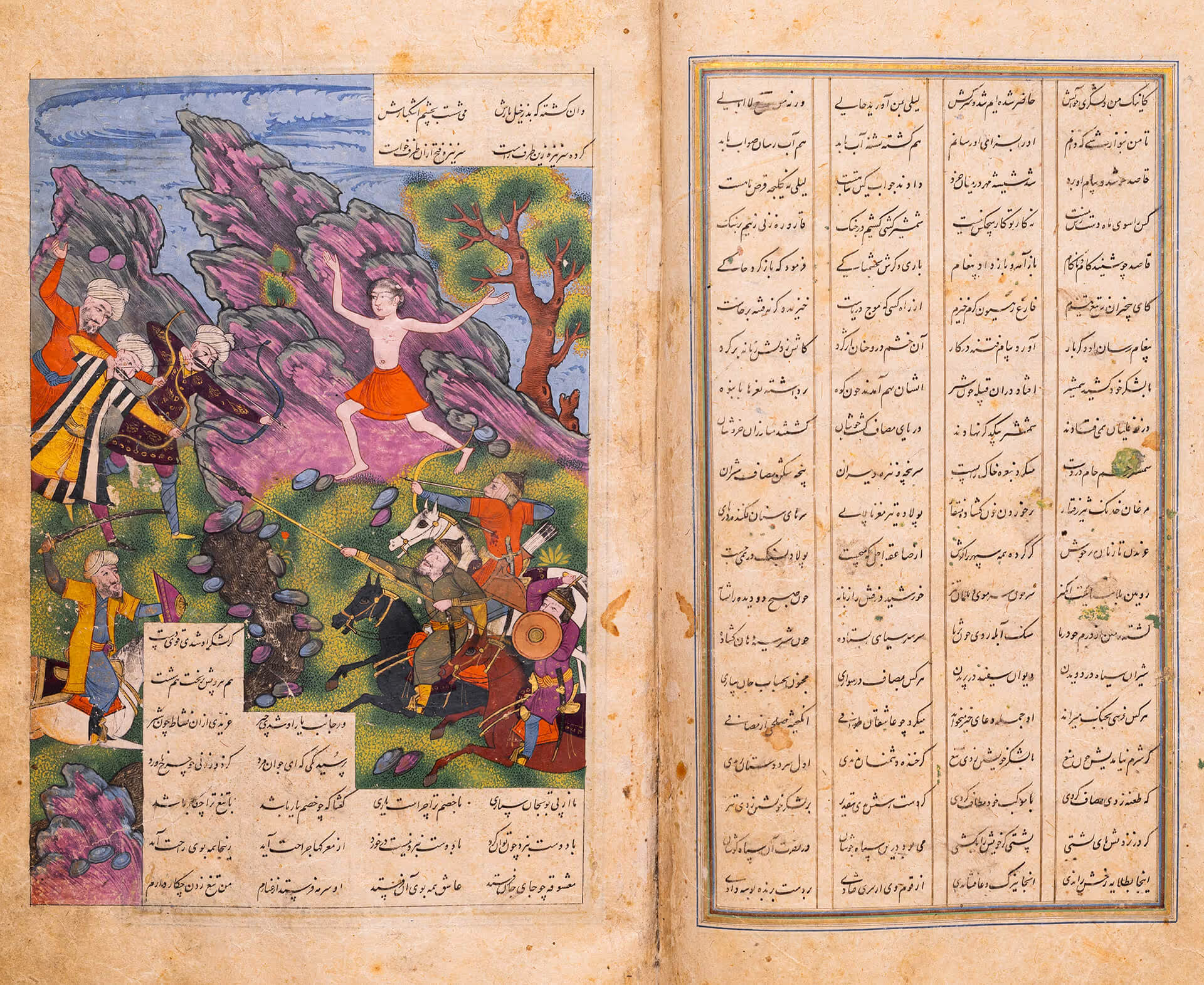
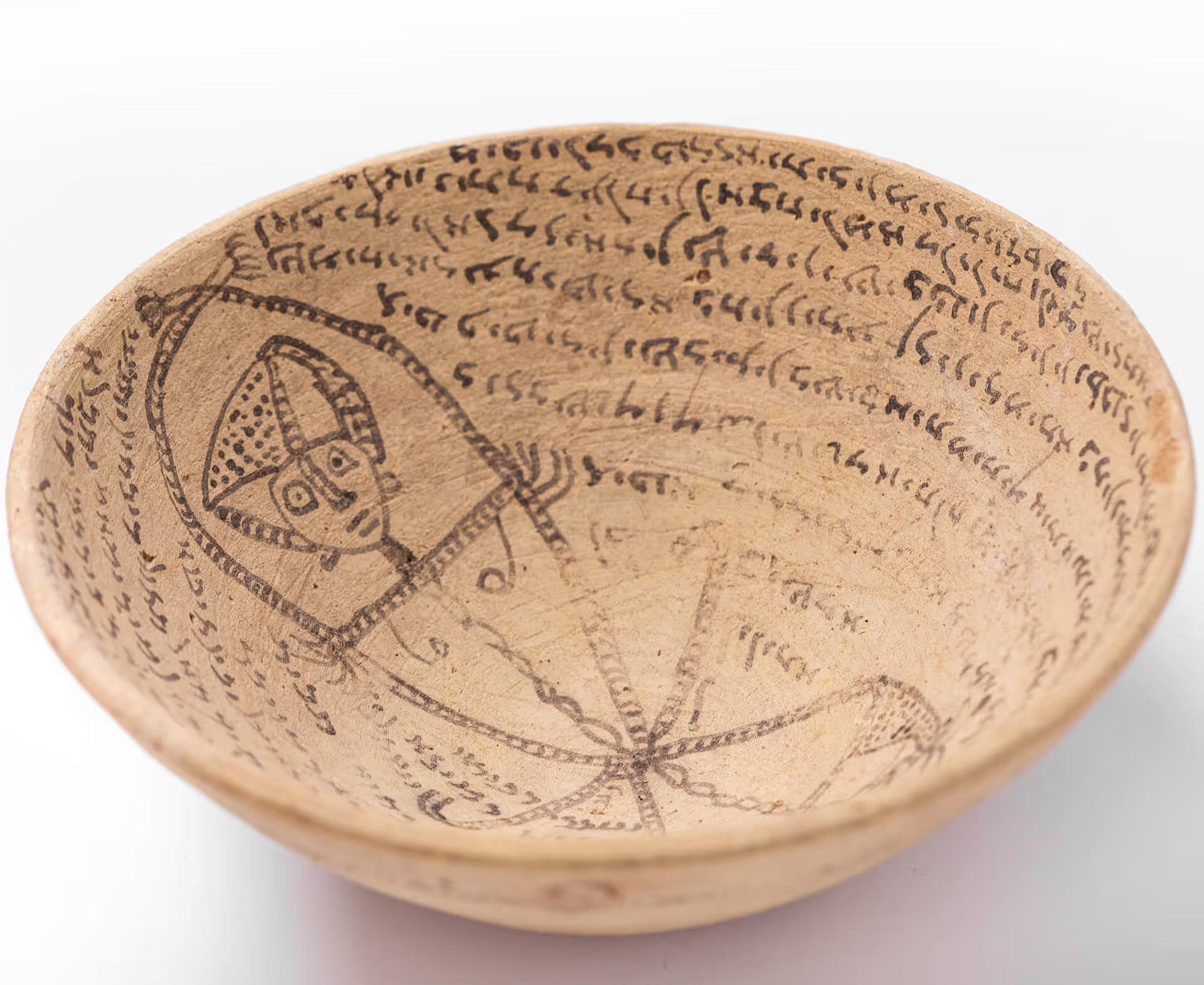
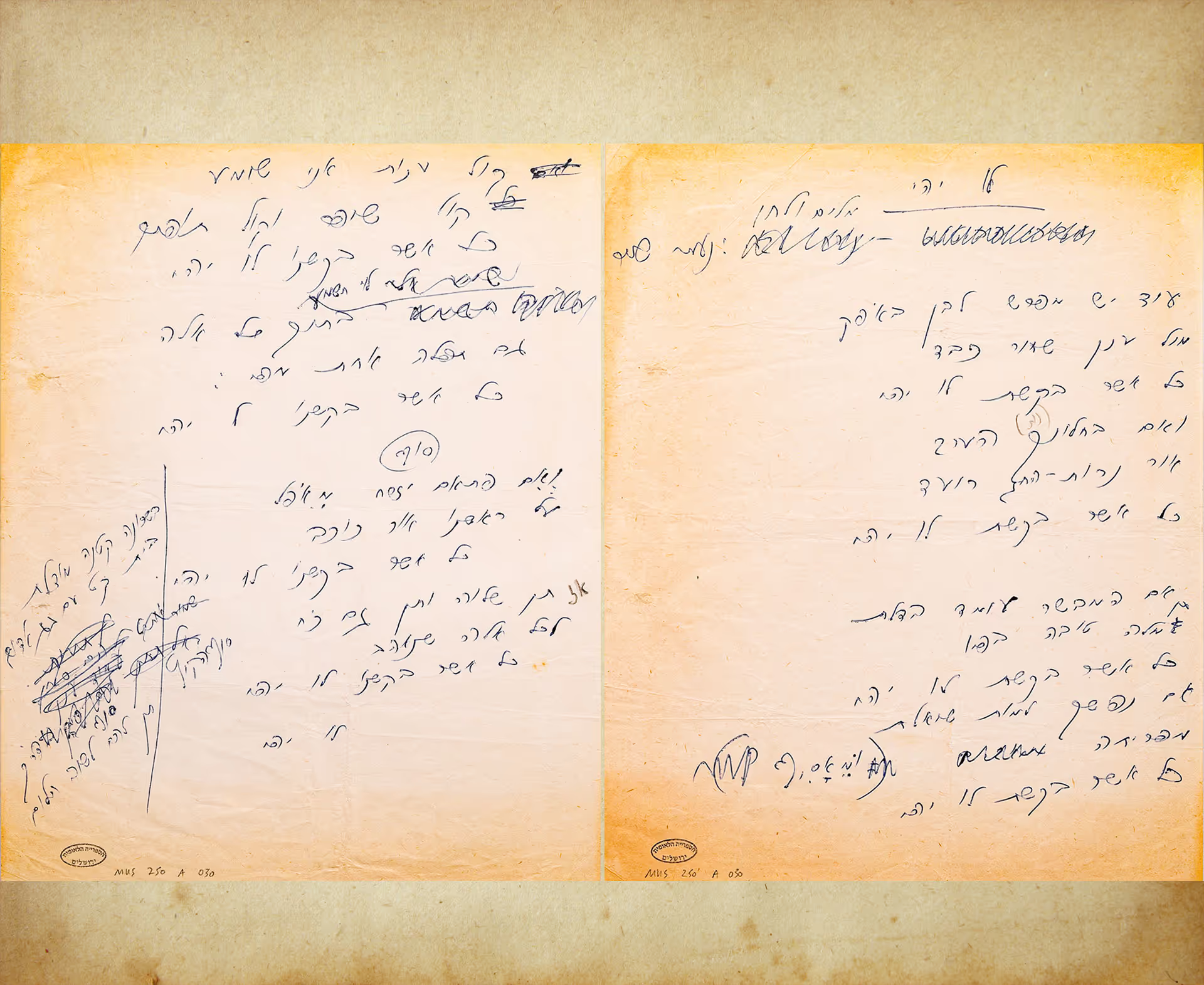
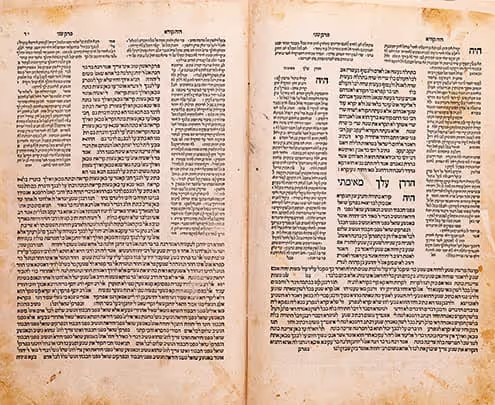







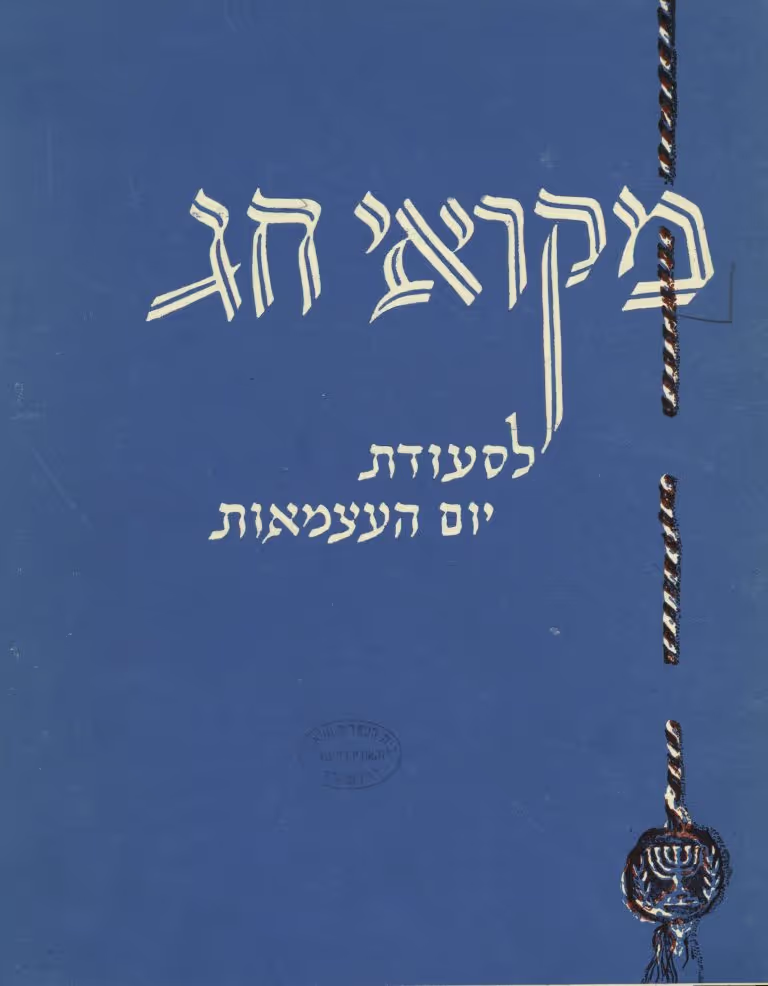
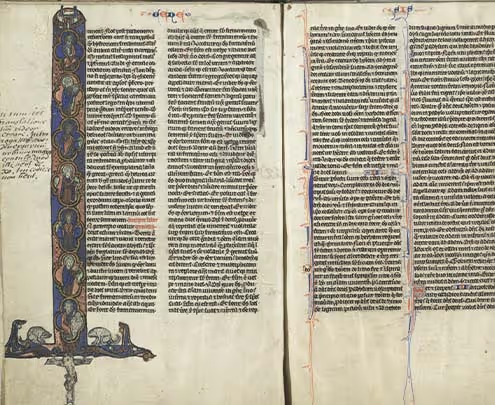
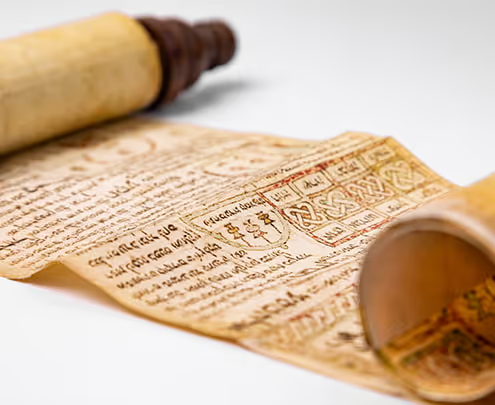


.avif)
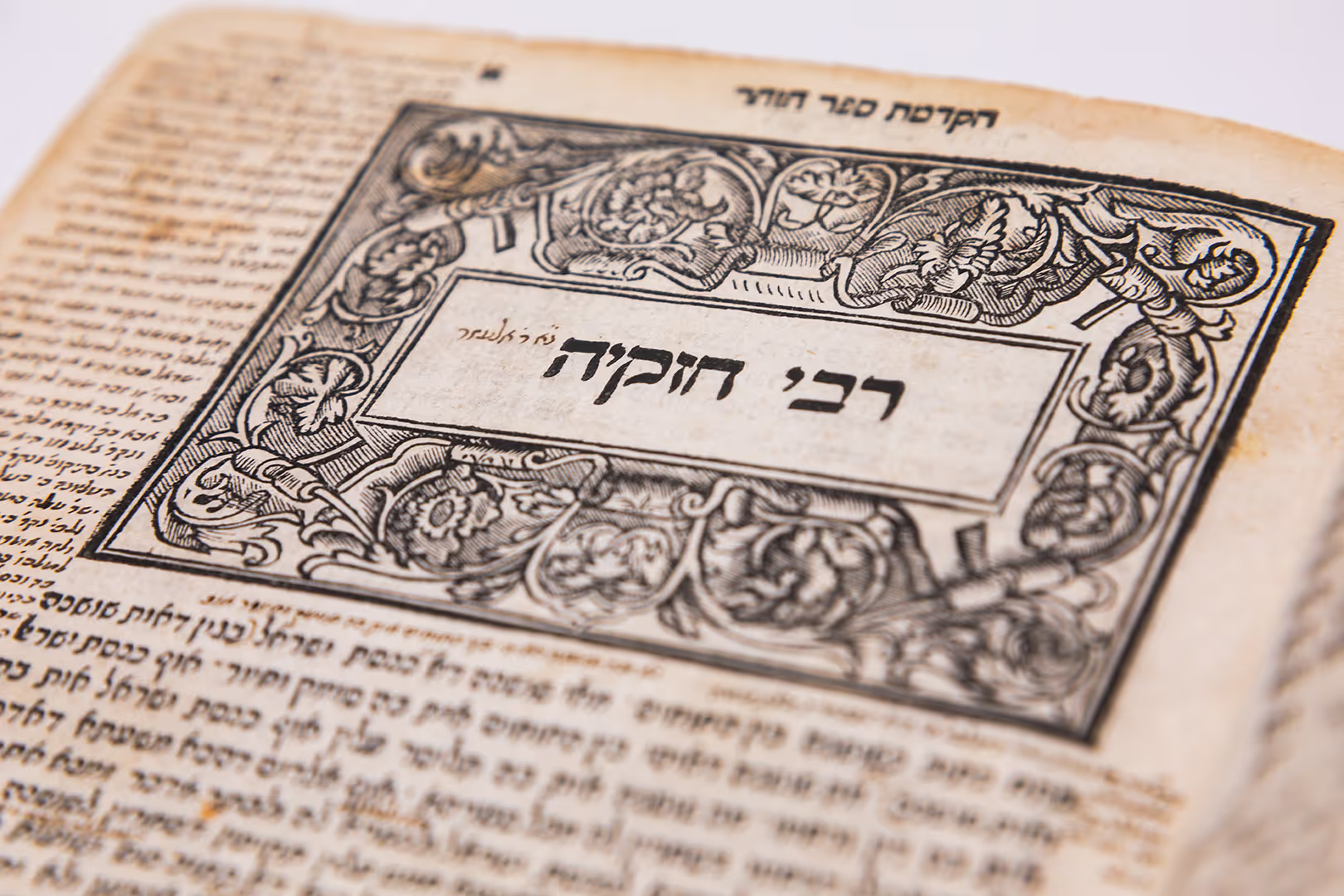





.svg)





